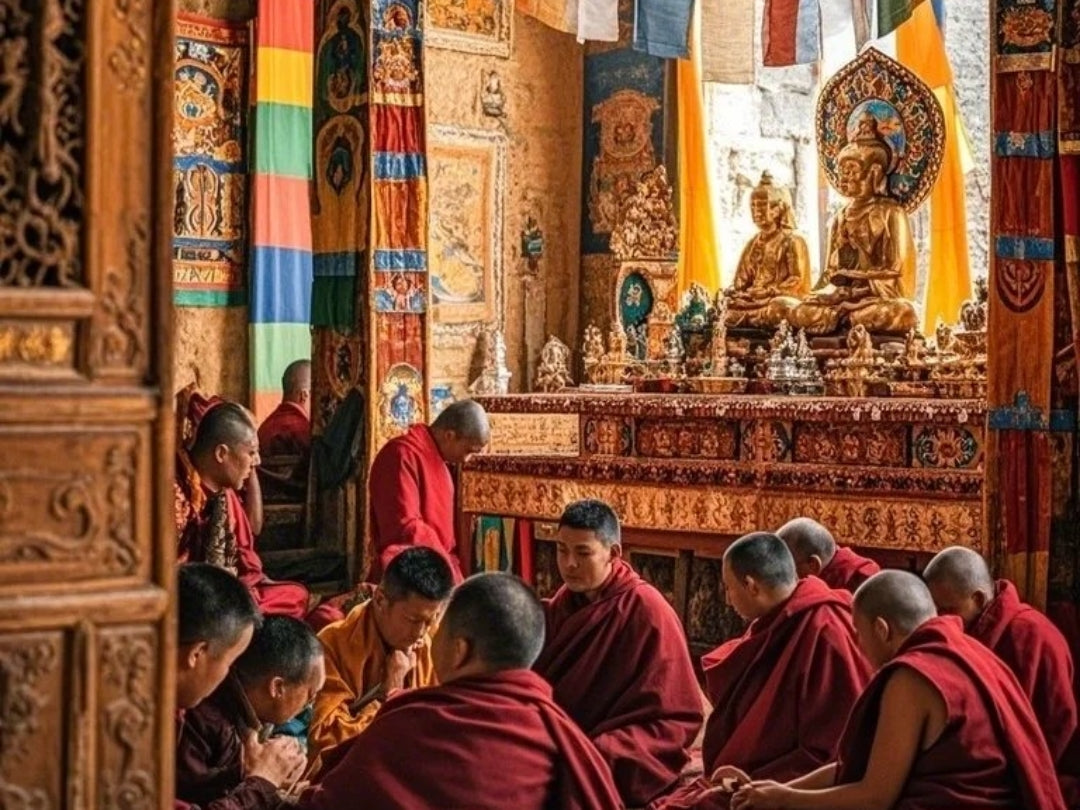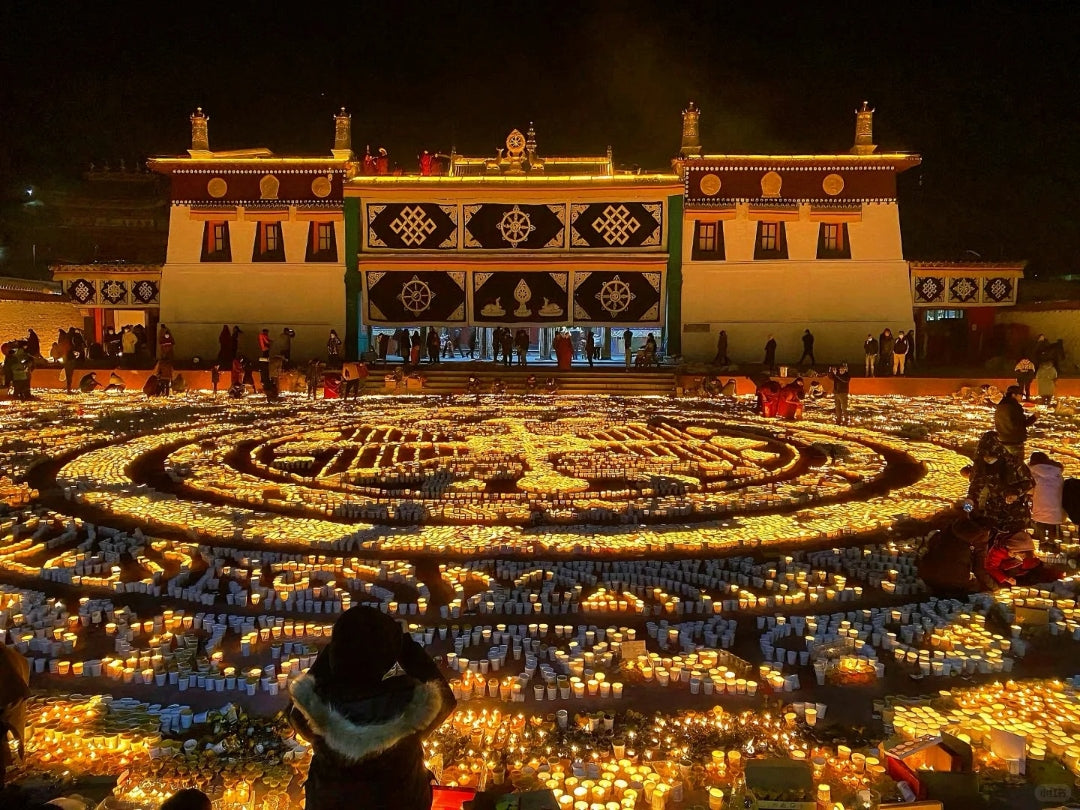For millennia, jewelry has served as more than adornment—it’s a bridge between the earthly and the divine. Buddhist jewelry, in particular, carries a rich lineage, evolving from sacred ritual objects to versatile spiritual accessories that resonate with modern seekers. Let’s explore how these pieces have transformed across centuries, blending tradition with contemporary mindfulness.

1. Origins: Ritual Objects and Sacred Symbols
Buddhist jewelry traces its roots to ancient relics imbued with spiritual purpose. Early practitioners used amulets, prayer beads, and talismans not for decoration, but as tools for meditation and protection. For example:
-
Prayer Beads (Mala): Dating back to 3rd-century India, malas were initially carved from rudraksha seeds or bone, used to count mantras like Om Mani Padme Hum. Each of the 108 beads symbolized overcoming human passions.
-
Protective Amulets: Talismans depicting deities like Avalokiteshvara (the Bodhisattva of Compassion) or the Dharma Wheel were worn to ward off harm and invoke blessings.
These items were deeply tied to monastic life, often crafted by monks as part of their spiritual practice.
2. Materials and Craftsmanship: From Humble to Hybrid
Early Buddhist jewelry relied on locally sourced, organic materials:
-
Wood and Seeds: Sandalwood and bodhi seeds symbolized enlightenment and humility.
-
Precious Metals: Gold and silver emerged later, reflecting offerings to temples and high-status patrons.
The Silk Road (circa 200 BCE–1450 CE) marked a turning point. Trade introduced gemstones like turquoise and lapis lazuli, which Tibetans linked to healing and celestial energy. By the medieval period, artisans began blending materials—for instance, embedding sacred texts in metal lockets—to enhance spiritual potency.
3. From Ritual to Personal Expression
The 19th and 20th centuries saw Buddhist jewelry transcend temples. Colonial-era exchanges and globalization sparked interest in Eastern spirituality, turning ritual objects into fashionable symbols:
-
Victorian Era: Lockets with miniature Buddha carvings became popular among Western spiritualists.
-
1960s Counterculture: Beads and pendants adorned with Om symbols entered mainstream fashion, reflecting a blend of rebellion and mindfulness.
This shift mirrored broader trends where jewelry evolved from denoting status (e.g., ancient Roman class-based adornments) to expressing personal identity.
4. Modern Adaptations: Balancing Tradition and Trends
Today’s Buddhist jewelry harmonizes ancient symbolism with modern aesthetics:
-
Minimalist Designs: Delicate lotus pendants or geometric mandalas cater to understated spirituality, aligning with the “less is more” ethos.
-
Ethical Craft: Artisans now prioritize recycled metals and ethically sourced stones, honoring Buddhism’s principle of ahimsa (non-harming).
-
Functional Versatility: Adjustable malas double as bracelets, while mantra-engraved rings serve as discreet meditation aids.
These innovations reflect a cultural shift: spiritual jewelry is no longer confined to rituals but integrated into daily life as tools for grounding and intention-setting.
5. Why Wear Buddhist Jewelry Today?
Modern wearers seek more than beauty—they crave connection. A 2025 survey by Mindful Living Magazine found that 68% of spiritual jewelry buyers value pieces with cultural heritage. Buddhist symbols resonate because they:
-
Anchor Intentions: A lotus pendant reminds wearers of growth amid challenges.
-
Foster Community: Shared symbols like the endless knot create bonds across cultures.
-
Honor Legacy: Wearing a hand-carved mantra bead links the present to ancient practices.
The Takeaway: A Living Tradition
Buddhist jewelry’s evolution mirrors humanity’s enduring quest for meaning. From rudraksha malas to sleek titanium mantra cuffs, these pieces remind us that spirituality isn’t static—it adapts, persists, and inspires. As Tibetan artisan Lobsang notes: “Every carve in silver carries a prayer. When you wear it, you carry that prayer forward.”








